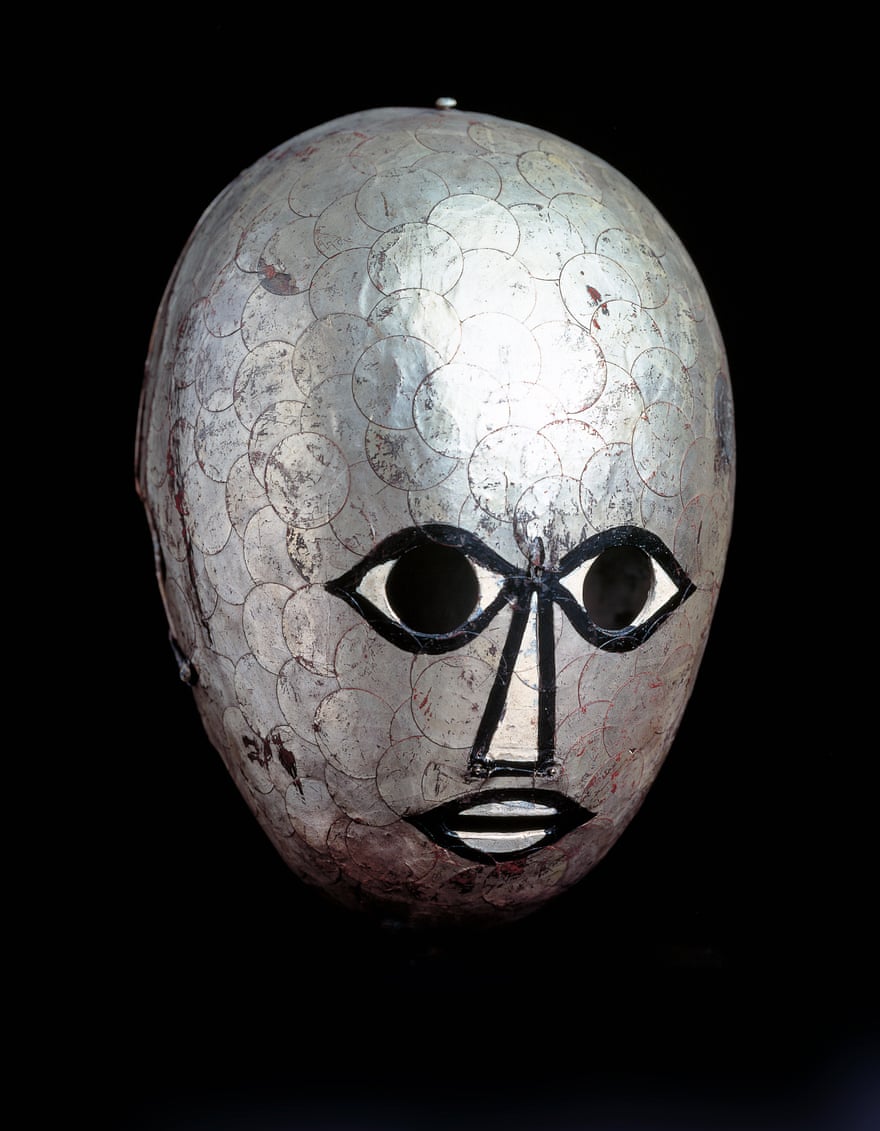Lecture:

In this lecture, I learned numerous things about 1920’s culture which, sadly, could not be incorporated into research for this weeks spread. Advertising grew rampantly and what you found in magazines and posters were very representative of the era’s lifestyle. There was an increasing interest in beauty and glamour and smoking. In response, you would see popular products including a breath-mint for cigarette breath. (^:
During the 20’s, two significant pieces of literature were also released at the same time in 1925. Mein Kampf (My Dilemma) by Hitler and The Great Gatsby by F. Scott Fitzgerald. Fun fact, guys.
In summation of the lecture, however, Bauhaus architecture, furniture and typography comprised a huge chunk of the 25’s-30s’. In 1919, Weimar, Germany, the art school and art academy (craft focused) were combined to create “Das Staatliche Bauhaus, and innovative new school were many skills were to be learned. Appropriately enough, a fresh young face was also named director- Walter Gropius. He was both an accomplished architect and designer who was great inspired and taught by Peter Behrens. His curriculum encouraged whollistic learning and training where students would learn colour theory, crafting and create their own prototypes. They would then leave the school as well-rounded individuals after learning a variety of things such as woodwork and metalwork. The school was able to attain this by hiring a dream team of professors. One of them was Josef Albers who was heavily inspired by churches and the colour in their stained class windows. He was spiritual and of an otherworldly quality and evolved in the THE COLOUR THEORY GOD. His authority on colour still stand to this day.
Research:
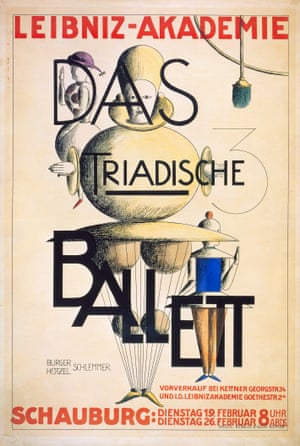
Oskar Schlemmer’s masterpiece “The Triadic Ballet” or Triadisches Ballett brought abstract art into theater. The masterpiece of a play was first erected in 1922 and featured a small cast of 3 dancers (two female, one male) performing 12 choreographies split in 3 parts. It was truly a feast for eyes as it also contained 18 costume changes.
In this 20th century theater play, he pushed certain elements to forefront of dance in the 20th century:
- Boldly-coloured cartoonish costumes
- Bizarre exploration of modernity
- Exhibition of Schlemmer’s imagination and unique ideas
The Triadic Ballet, two figures, yellow sequence II, 1919
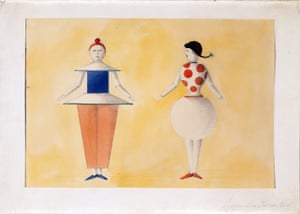
He wanted to break out of the classic model of solo dancers and couple pieces in ballet, aiming instead for a collective piece. Schlemmer thought the performing arts at the time had lots of potential but was underdeveloped and not yet widely explored apart from already laid out rules of tradition. He wanted to break free~ of that.
Additionally, the theater play had no plot, focusing instead on the beauty, simplicity of geometric shapes and colour in a similar fashion to suprematism. However, it did have its own wacky twist and the concept of translating this onto stage with human figures made it a tad unsettling. In 1924, Schlemmer created “Silver Mask”. It was a face very standard of his works and formed
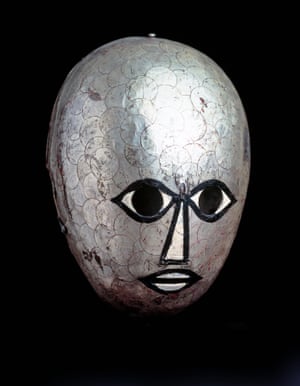
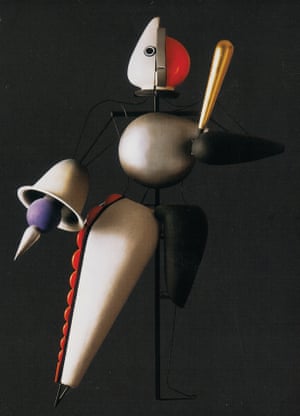
After the playful, bright yellow hued visuals of the first act and rose-hued second act, a huge contrast is seen in the final black coloured backdrops of the third. The models in the final act of the Triadic Ballet danced less playfully and more so in a courtly manner.
For various reasons, however, the Triadic Ballet is rarely restaged today despite its huge influence on culture. The main concept of the whole theater play was a geometric one which meant costumes often restricted the free movements we associate with both traditional and contemporary dance. Instead, the ballet looks very awkward and uncomfortable. Both during this time up until today, the reception was surely mixed. The Germans were not open to this kind of radical art syle and many people these days either but it opened doors for unique individuals to express themselves.
Unrelated to Triadic Ballet but here are more of Schlemmer’s works in theater and art: 🙂
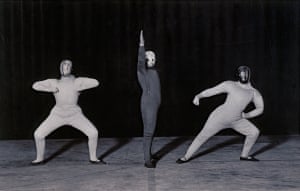
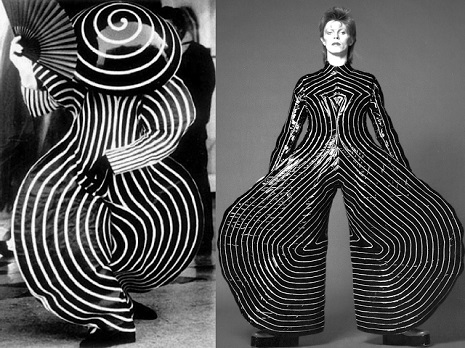
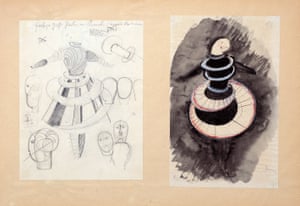
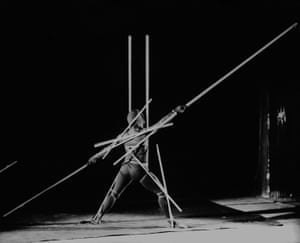
Source:
Judy’s Notes !
https://www.theguardian.com/artanddesign/gallery/2016/nov/24/oskar-schlemmers-ballet-of-geometry-in-pictures
